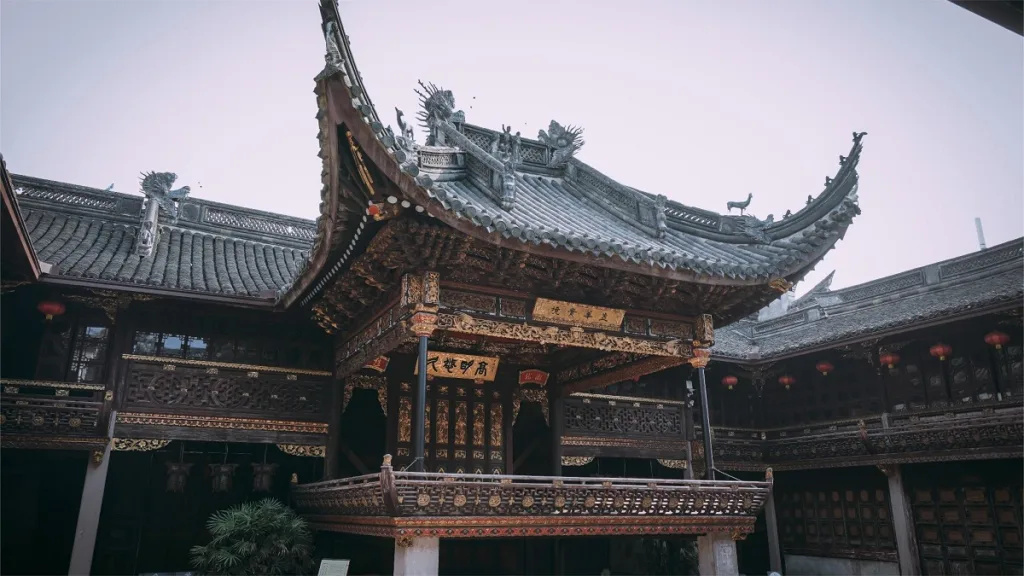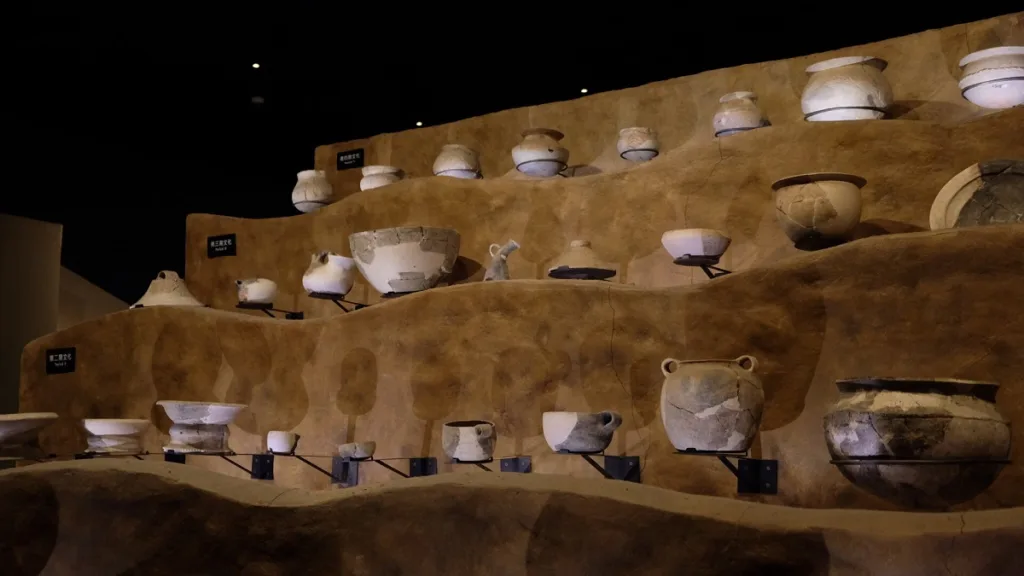Ningbo Museum (宁波博物馆) is a comprehensive museum dedicated to showcasing the cultural, historical, and artistic heritage of Ningbo City. Officially opened to the public in 2008, it boasts a total floor area of over 30,000 square meters, with the main building stretching 144 meters in length, 65 meters in width, and 24 meters in height. The museum’s collection encompasses over 60,000 precious artifacts ranging from prehistoric Hemudu culture to modern times, including exquisite bronzeware, ceramics, bamboo carvings, jade artifacts, paintings, calligraphy, gold and silverware, as well as folk artifacts.
Designed by the renowned architect Wang Shu, the architecture of Ningbo Museum is a masterpiece in itself, attracting visitors who come specifically to admire the building. The exterior of the museum features a plethora of old bricks and tiles salvaged from demolished historic buildings in Ningbo. Some walls are deliberately sloped, and upon closer inspection, visitors can even discern symbols left on the bricks and tiles from their original firing. The museum’s architecture serves as a unique backdrop to its extensive collection, adding to the overall experience of visitors exploring Ningbo’s rich cultural heritage.
Table of Contents
- Basic Information
- Location and Transportation
- Highlights of Ningbo Museum
- Vlog about Ningbo Museum
- Other Museums in Ningbo
Basic Information
| Estimated Length of Tour | 1 – 2 hours |
| Ticket Price | Free |
| Opening Hours | 9.00 – 17.00; Last admissin: 16.00 Closed on Mondays |
| Telephone Number | 0086-0574-82815588 0086-0574-82815555 |
Location and Transportation
Ningbo Museum is located in the southern part of Ningbo City, at 1000 Shounan Middle Road, Yinzhou District, Zhejiang Province. To get there, you can choose one of the following ways:
Bus: Take bus 102, 107, or 650 and get off at Ningbo Museum South Stop (宁波博物馆南站).
Metro: The closest metro station to Ningbo Museum is Yinzhou District Government (鄞州区政府) on line 3 and line 5. After getting out of the station from Exit C, walk about 500 meters to the west to reach the north entrance of the museum.
Highlights of Ningbo Museum
Historical Exhibits of Ningbo
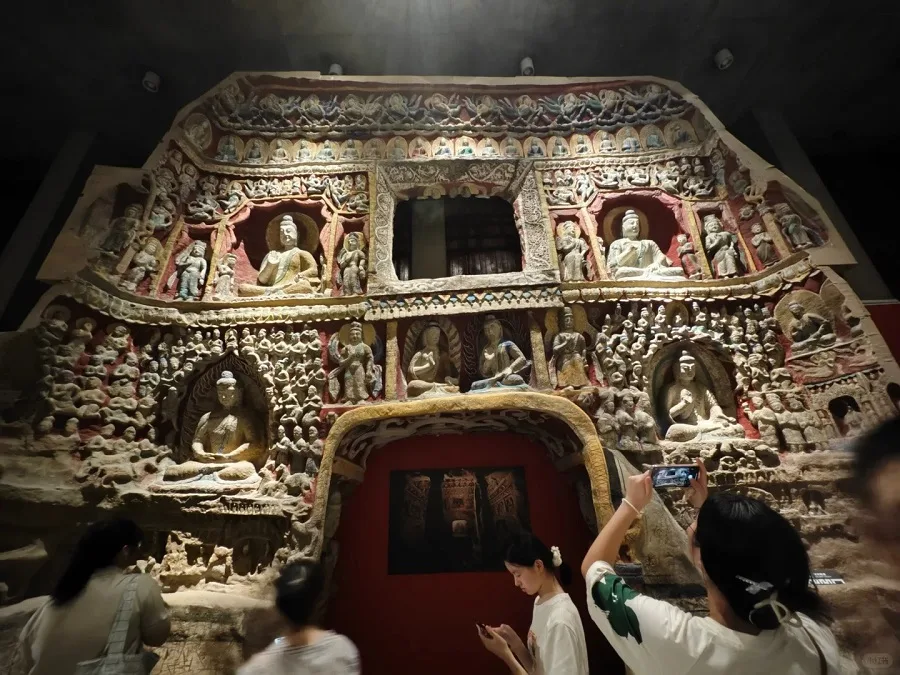
The historical exhibits of Ningbo Museum are organized around the cultural development of the Ningbo region, focusing on the maritime Silk Road. Through seven chapters including “Ancient Siming,” “Territorial Expansion,” “Establishment of County Towns,” “International Port City,” “Ningbo at Sea,” “Southeastern Metropolis,” and “Opening of Ports and Trade,” visitors are guided through 7,000 years of Ningbo’s civilization. The exhibits feature lifelike wax figures depicting life scenes from the Hemudu culture, unearthed ceramics from Yue kilns, as well as street scenes from Jiangxia and historical trading ports.
Folk Customs Exhibition
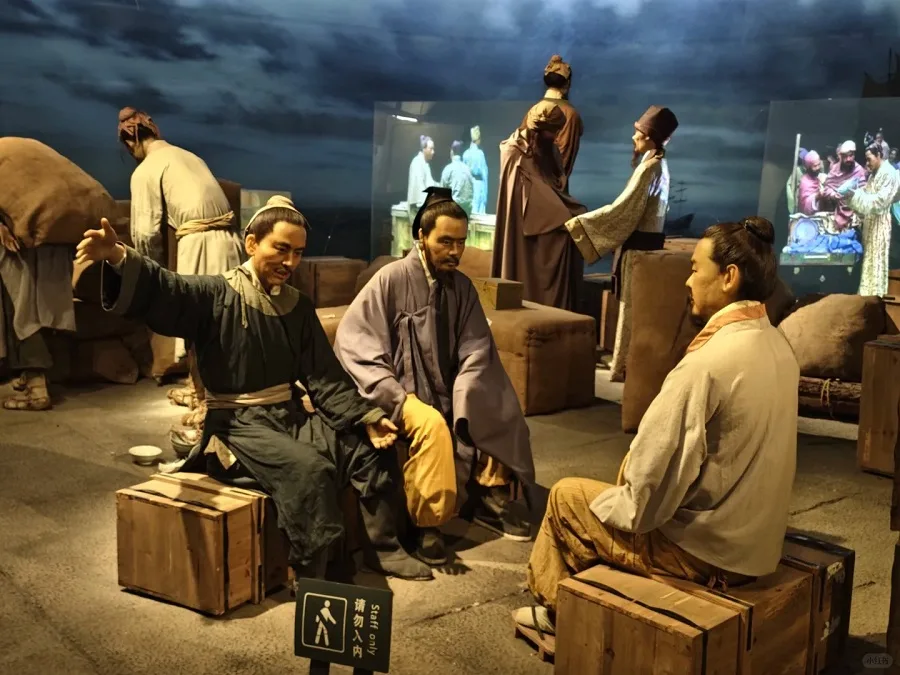
The “A-la” Old Ningbo section (A-la is a modal particle frequently used in Ningbo dialect) serves as a snapshot of history and a symbol of culture, encompassing six parts including “Old Brands of Ningbo,” “Ten Miles of Red Bridal Attire in Ningbo,” “Old Gates and Walls of Ningbo,” “Festivals and Customs of Ningbo,” “Folk Arts and Crafts of Ningbo,” and “Ningbo Opera and Dialect.” It showcases the charm of “No Market Without Ningbo,” portraying the old Ningbo of yesteryears.
Bamboo Carving Art Exhibition
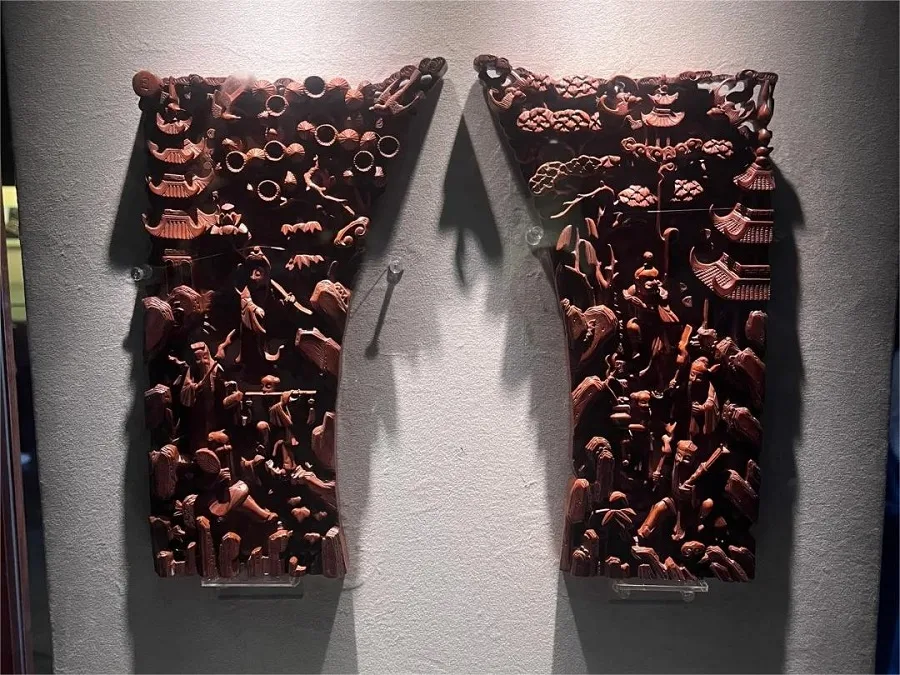
The majority of the bamboo carvings displayed in Ningbo Museum were formerly owned by the renowned bamboo carving collector and seal engraver Mr. Qin Kangxiang, whose son Qin Bingnian generously donated them to the state in 2001. The collection includes works by prominent bamboo carving masters such as Zhu Songlin, the founder of the Jiading School during the Ming Dynasty, Zhou Hao, a leading figure in Jiading bamboo carving during the Qianlong reign of the Qing Dynasty, and court artisans from the Kangxi era. Many pieces bear absolute chronological inscriptions and include items like letter openers, pen holders, incense burners, arm rests, landscapes, and figures. The carving techniques employed encompass deep relief, through-carving, shallow carving, preservation of green color, and rounded carving.


